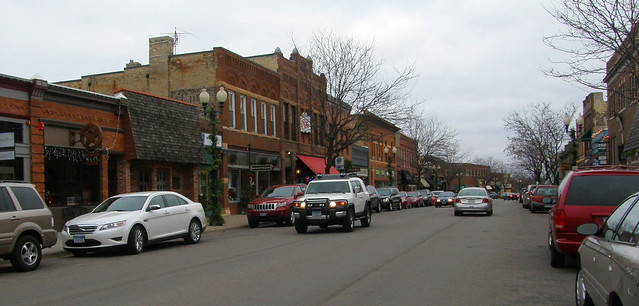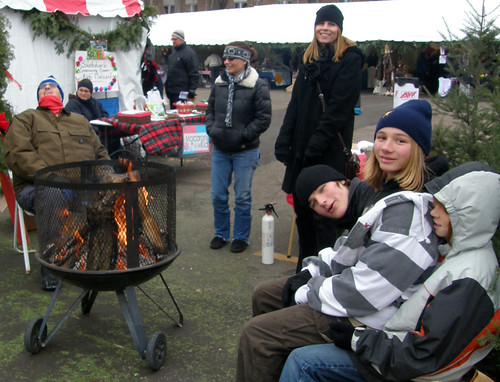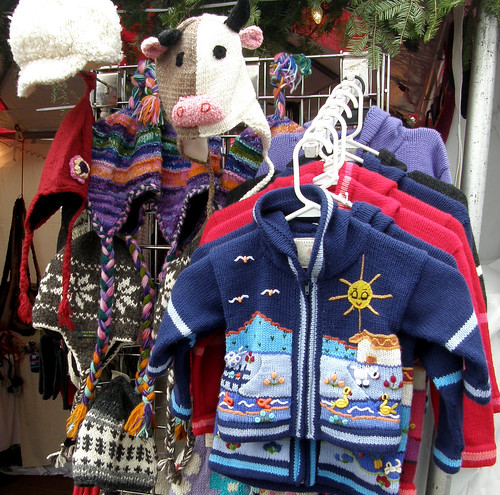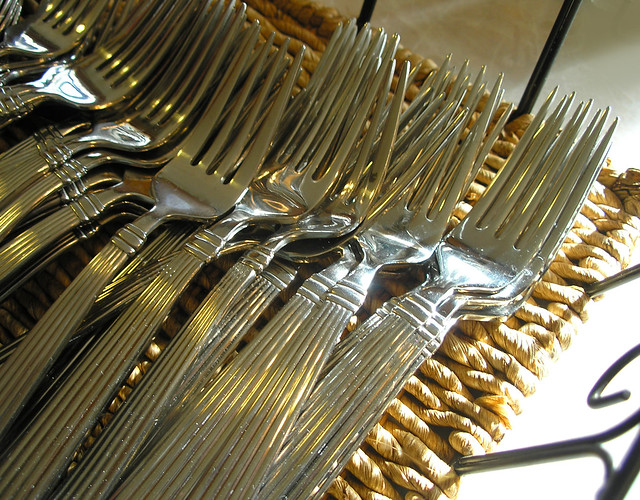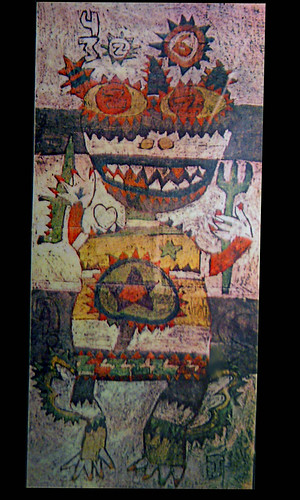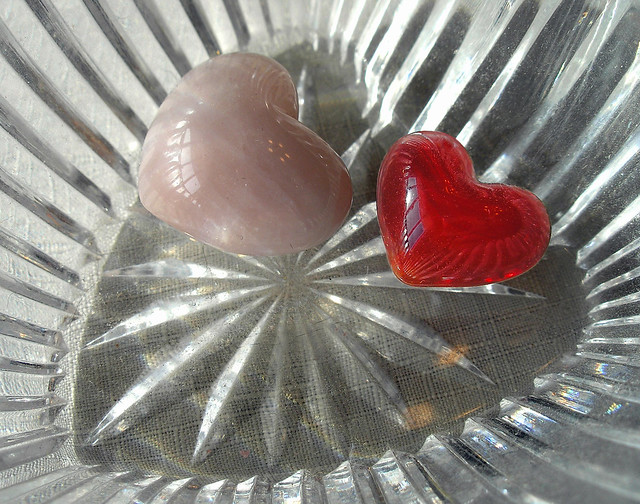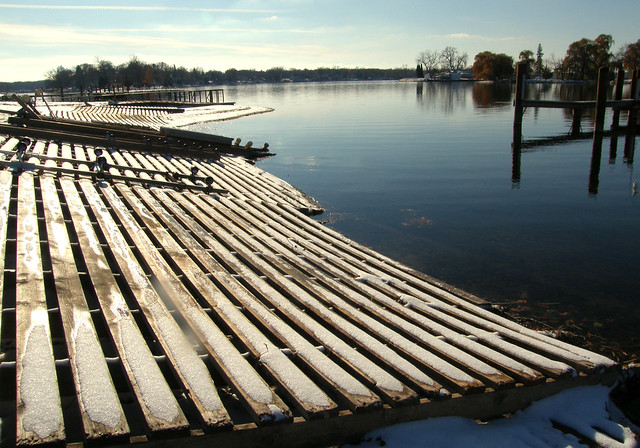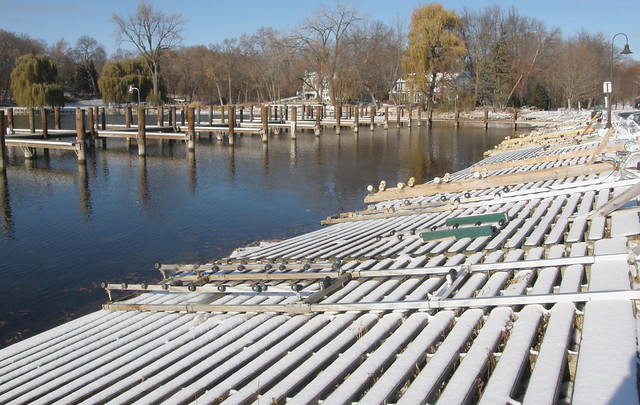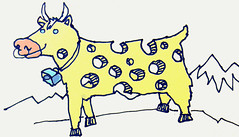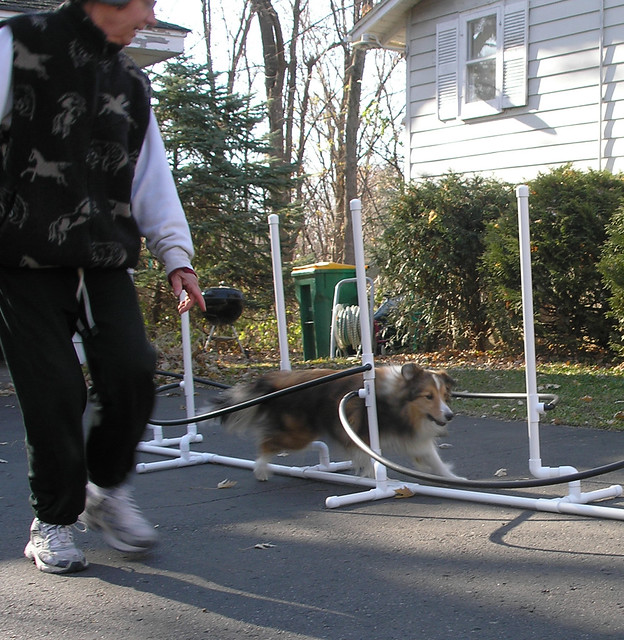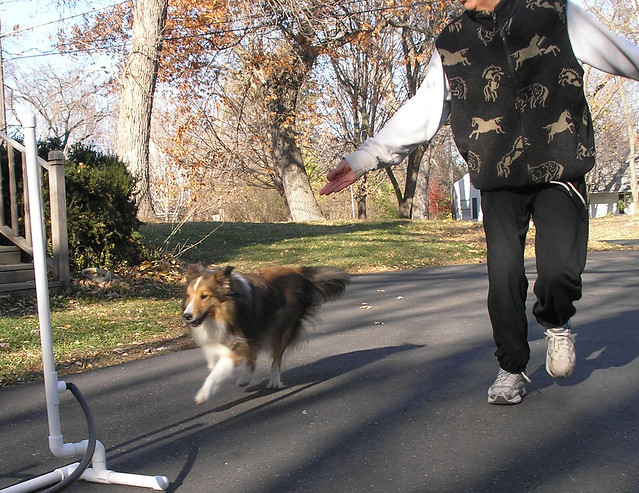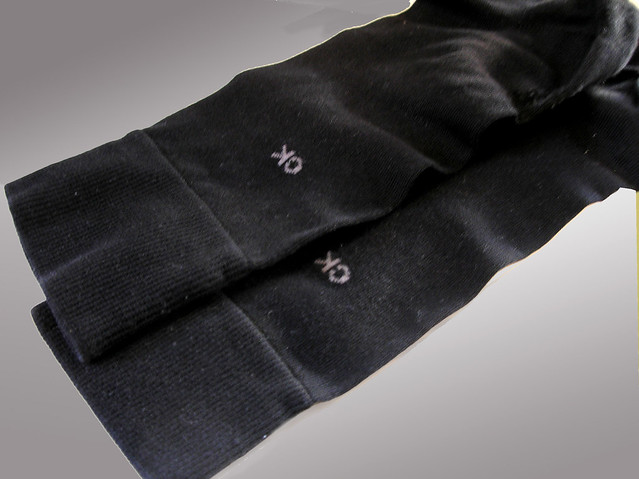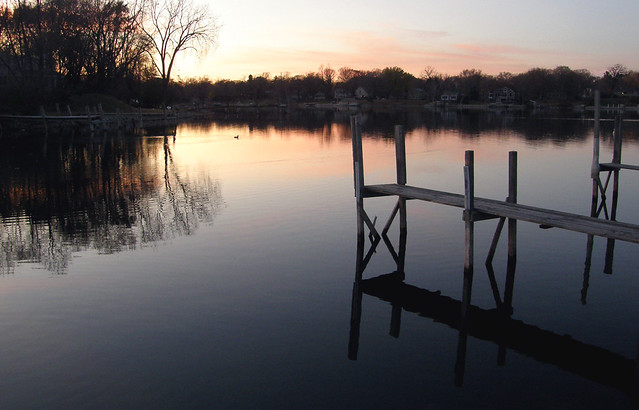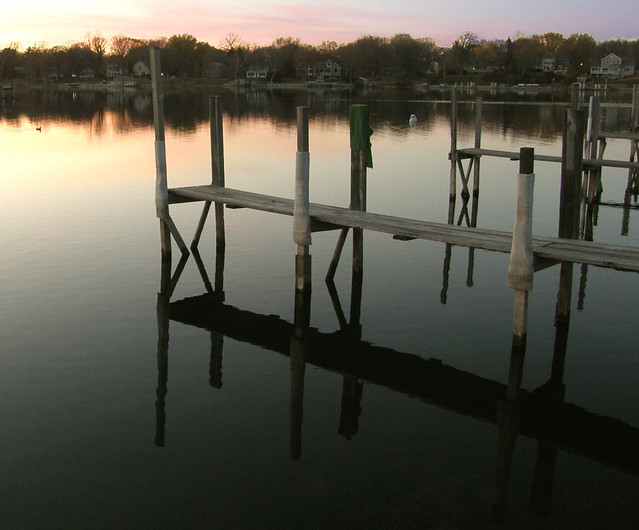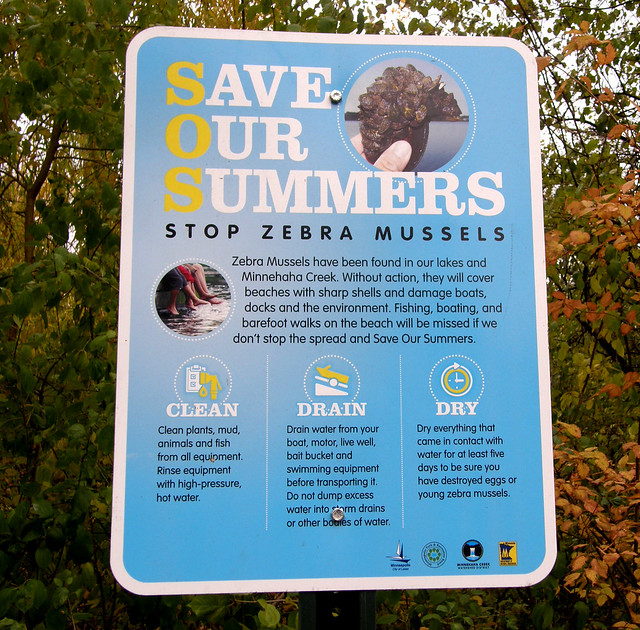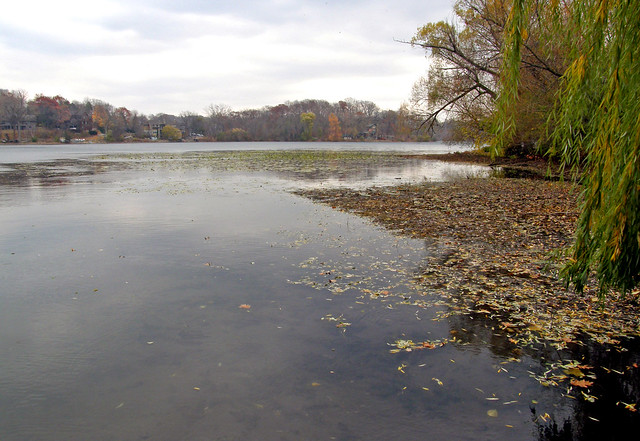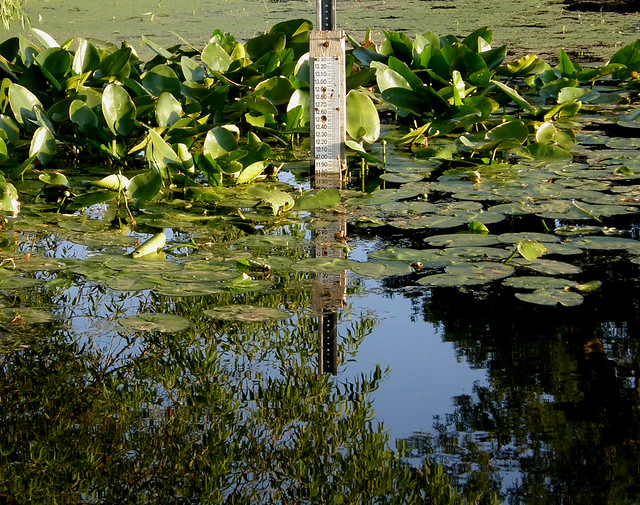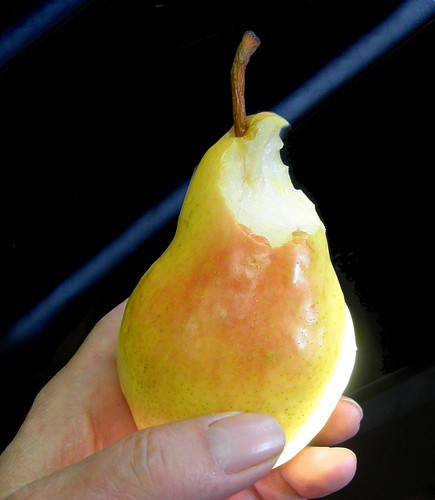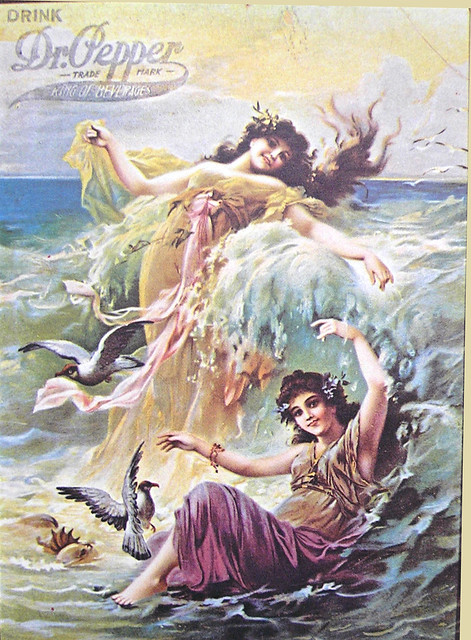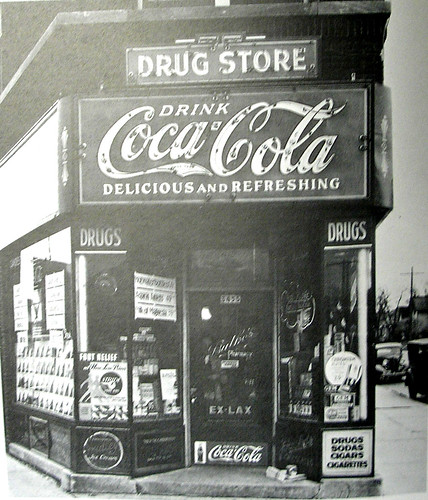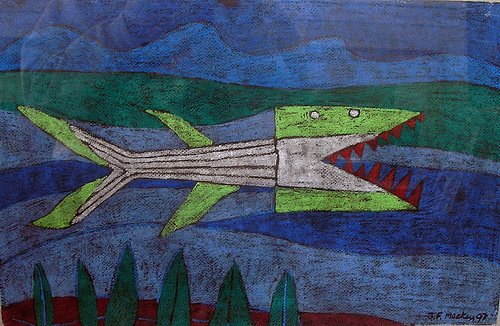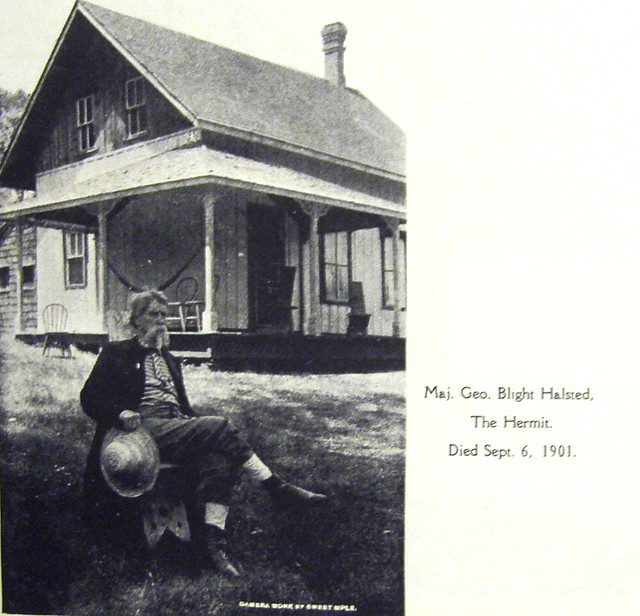
The Major lived alone in "The Hermitage" from 1876 to 1901. It was a house that he filled with old manuscripts, bric-a-brac and curiosities that drew many visitors.
"In some unknown manner the house caught on fire and the house and relics perished in the flames"- From Picturesque Minnetonka 1906
"The Hermitage was owned, at different times, by the two brothers, Captain
Frank W. Halsted and Major George B. Halstead. Captain Halsted, as Frank was
commonly called, had settled in the Lake Minnetonka area in the late 1850's. In
1861, during a visit to his family in Elizabeth, New Jersey, the Civil War broke out
and he volunteered for the navy. George Halstead also joined the navy the day after
war was declared. Later in life he would claim to be the first civilian to receive a
commission during the war. For a short time they both served together on board the
flag ship U.S.S Minnesota. Due to conflicts with their commanding officer, Frank
requested a transfer and George resigned his commission and accepted an
appointment as first lieutenant and "Aide de Camp" to Brigadier General Philip
Kearny of the New Jersey Volunteers. By the end of the war, he had attained the
rank of Major, hence George bcarne known as Major Halstead. When the war was over
in 1866, George returned to his home in New Jersey and Frank went back to Lake
Minnetonka.
Upon returning to Lake Minnetonka, Captain Halsted bought some land on the
Upper Lake near what is now Halstead's Bay.
In 1868 Frank commenced building his small and simple house; it
was a story and a half with a basement.
Captain Halsted then set about his hermit-like ways. The T r i b , July 6, 1876 described him like this:
In his manners he was ever quiet and unassuming, and though sympathetic and approachable,he invited no confidence and gave none. A recluse, he was hospitable and affable, and when asked why he chose to live such a secluded life, he always replied in such a manner as would show the interrogator that it was not a question he cared to answer. Little is known of Captain Halsted for this reason"
- Excelsior Historical Society 1989
